The first novel, Robinson Crusoe, written by Daniel Defoe in Britain, was published in 1719 and next to the Bible is the most published book in history. It was inspired by the life of a Scottish man, Alexander Selkirk, an officer in the British navy who was 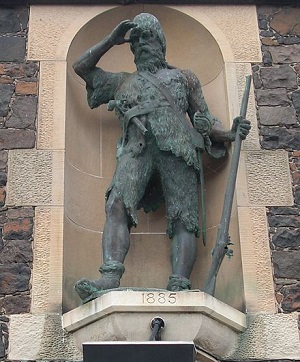 shipwrecked on an island in the South Pacific by his captain and survived there for about a year and a half before being rescued by pirates. (You can find a statue of him in Fife, Scotland.) He was incorrigible and probably did not have the redemptive experience which the fictional Robinson Crusoe has.
shipwrecked on an island in the South Pacific by his captain and survived there for about a year and a half before being rescued by pirates. (You can find a statue of him in Fife, Scotland.) He was incorrigible and probably did not have the redemptive experience which the fictional Robinson Crusoe has.
The novel is composed in the form of a journal wherein Crusoe recounts in detail how he survives and is converted to a holy Christian life through his reading of the copy of the Bible he has found in the shipwreck, and eventually meets his friend Friday. It seems to me that this revelatory tale of one man’s conversion to faith may be the template for the religious tradition which blossomed forth later on of the personal “testimony,” where church members (usually Protestant) stand up and confess the details of how they came to faith. As far as I know, this tradition is peculiarly British and American, which is why I ponder this possibility. The novel is also rife with allusions to biblical stories and topics, keeping continuity with the trajectory of previous English language works.
Robinson Crusoe shifted the trajectory for how a myriad of great authors would write. It affected the future of our cultural understanding of what it means to be an individual, and stands in line with the great Western works which have 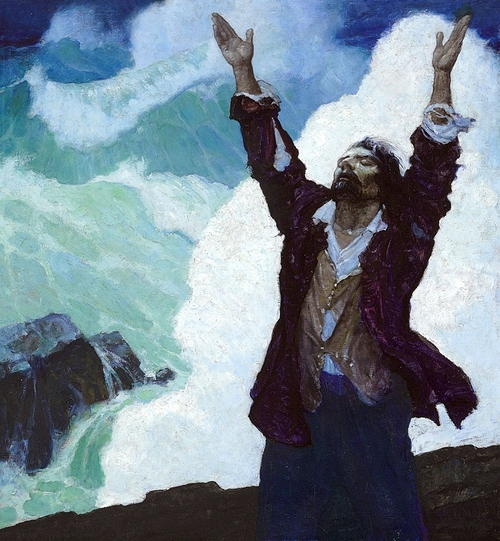 taken us from classical times when individuals and their stories were viewed primarily as a part of the group, a cog in the wheel of their culture, to a time when each person as seen as “a world in himself” to be investigated, understood, and affirmed.
taken us from classical times when individuals and their stories were viewed primarily as a part of the group, a cog in the wheel of their culture, to a time when each person as seen as “a world in himself” to be investigated, understood, and affirmed.
While it is true that the story is rather long-winded, given the fact that Defoe was inventing an entirely “novel” genre of literature the book is astounding. The first person narrative by Robinson himself gives a personal tone to the story which works well in concert with the major theme of the work, which is that of Crusoe’s slow repentance from a corrupt life to that of a holy and prayerful Christian. The tale imagines what it would be like to be stranded with no distractions and nothing except a few items, completely alone with only oneself and God.
The highly personal nature of this first novel and its deep dive into the state of the protagonist’s soul set the stage for novels to follow: they would be stories about individuals, but these would reach beyond the particular characters, expanding the meaning of their experiences to exemplify 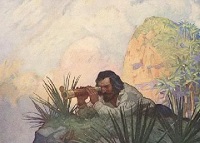 instances of the universal themes of life and morality as worked out in the lives of people and the society surrounding them. Defoe’s choice of the “journal” as his vehicle for telling the tale also set the stage for what became known as the epistolary novel, which would consist of a series of either letters or journal entries, commonly interspersed with narration by the letter writer, or possibly, by another narrator who is telling that person’s story.
instances of the universal themes of life and morality as worked out in the lives of people and the society surrounding them. Defoe’s choice of the “journal” as his vehicle for telling the tale also set the stage for what became known as the epistolary novel, which would consist of a series of either letters or journal entries, commonly interspersed with narration by the letter writer, or possibly, by another narrator who is telling that person’s story.
The possibilities are endless: a narrator might “discover” the letters of a person from another era in an old attic, or might by chance find the diary of a person whose story otherwise would not have been known, or known as it truly happened. A recent renaissance of the epistolary novel has included elements such as time travel, parallel worlds, and other innovative tropes. Thanks to the ingenious mind of Daniel Defoe the novel lives on, always new, rebirthed and reimagined by countless writers who entertain and inspire us with their innovative characters and stories.
Works Cited:
http://www.britannica.com





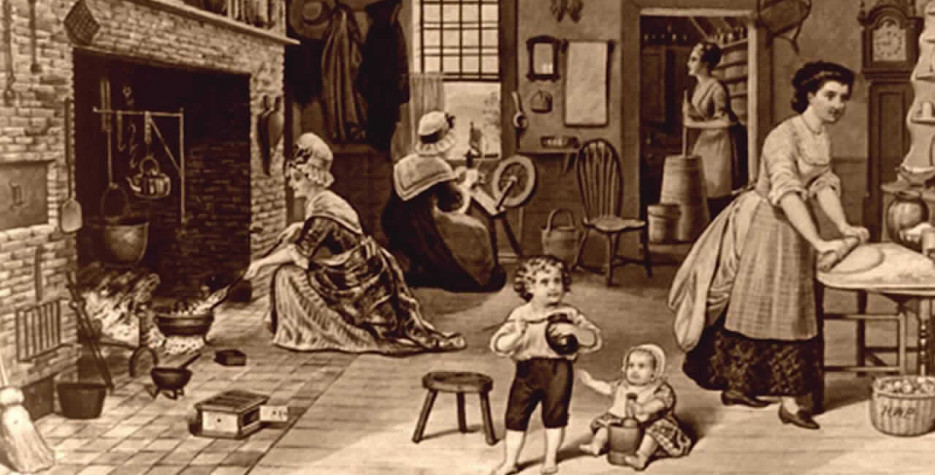









 shipwrecked on an island in the South Pacific by his captain and survived there for about a year and a half before being rescued by pirates. (You can find a statue of him in Fife, Scotland.) He was incorrigible and probably did not have the redemptive experience which the fictional Robinson Crusoe has.
shipwrecked on an island in the South Pacific by his captain and survived there for about a year and a half before being rescued by pirates. (You can find a statue of him in Fife, Scotland.) He was incorrigible and probably did not have the redemptive experience which the fictional Robinson Crusoe has. taken us from classical times when individuals and their stories were viewed primarily as a part of the group, a cog in the wheel of their culture, to a time when each person as seen as “a world in himself” to be investigated, understood, and affirmed.
taken us from classical times when individuals and their stories were viewed primarily as a part of the group, a cog in the wheel of their culture, to a time when each person as seen as “a world in himself” to be investigated, understood, and affirmed. instances of the universal themes of life and morality as worked out in the lives of people and the society surrounding them. Defoe’s choice of the “journal” as his vehicle for telling the tale also set the stage for what became known as the epistolary novel, which would consist of a series of either letters or journal entries, commonly interspersed with narration by the letter writer, or possibly, by another narrator who is telling that person’s story.
instances of the universal themes of life and morality as worked out in the lives of people and the society surrounding them. Defoe’s choice of the “journal” as his vehicle for telling the tale also set the stage for what became known as the epistolary novel, which would consist of a series of either letters or journal entries, commonly interspersed with narration by the letter writer, or possibly, by another narrator who is telling that person’s story.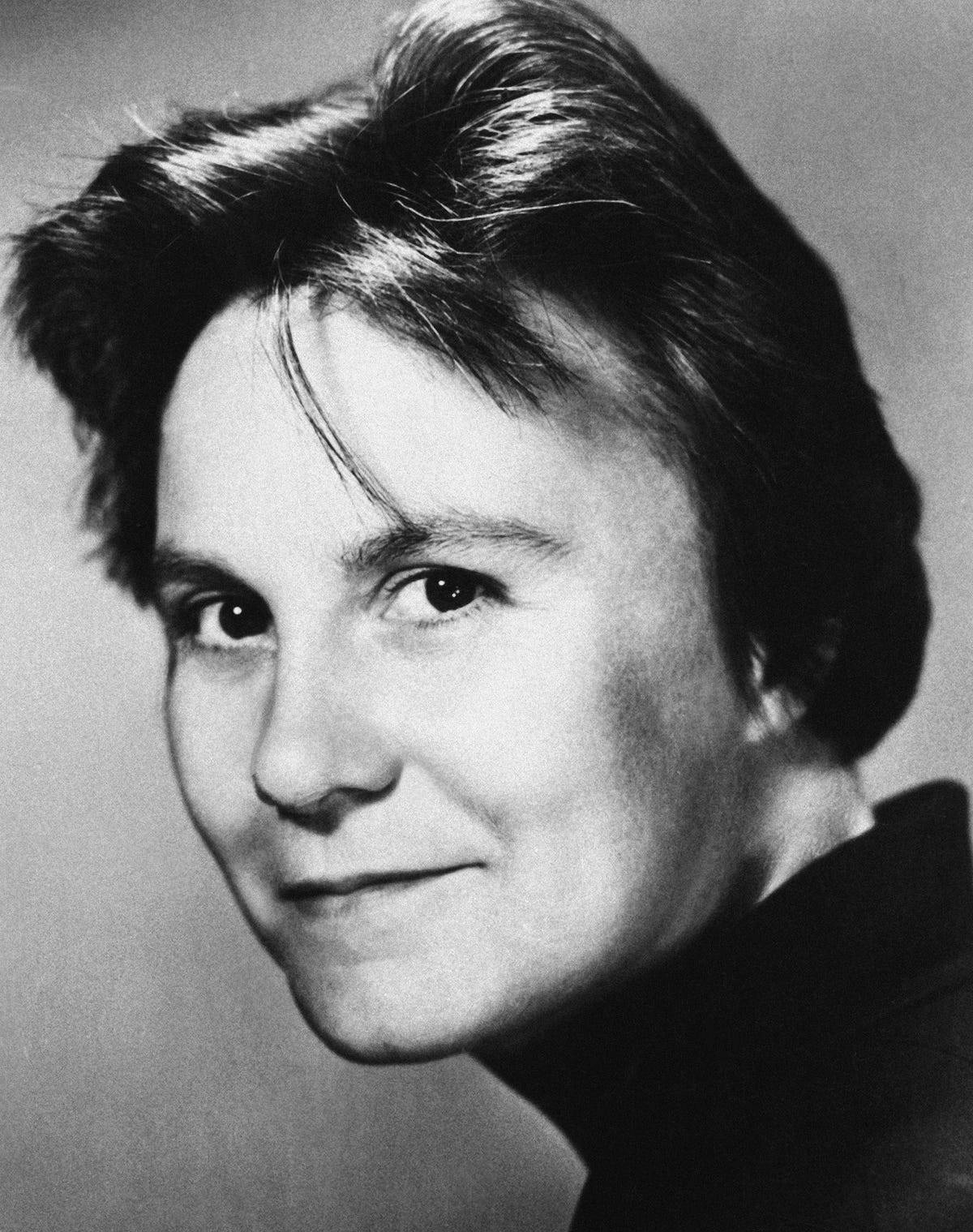 Lee. What you may not yet know is that recently this important book has been banned in quite a few schools and school districts because, like Huckleberry Finn, it contains characters who use an extremely offensive racial epithet. But that’s not what this article is about: I want to talk about other aspects of the book that parents of younger students may not know about which make it inappropriate for younger students to study, no matter what your views on the banning of books.
Lee. What you may not yet know is that recently this important book has been banned in quite a few schools and school districts because, like Huckleberry Finn, it contains characters who use an extremely offensive racial epithet. But that’s not what this article is about: I want to talk about other aspects of the book that parents of younger students may not know about which make it inappropriate for younger students to study, no matter what your views on the banning of books.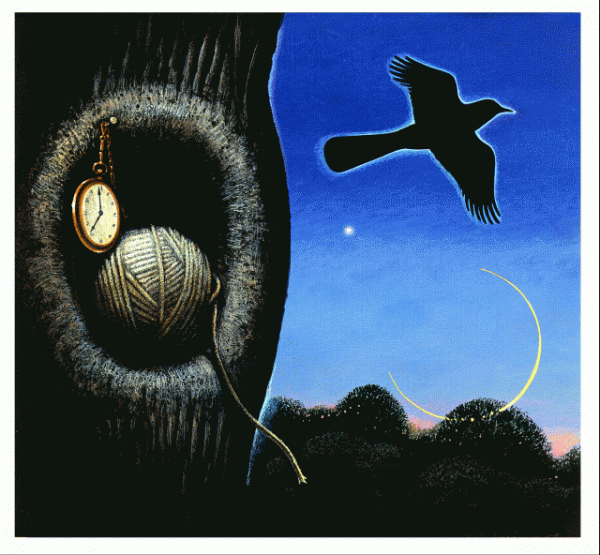 racism, and while this is true, the plot revolves around the case of Tom Robinson, an African-American falsely accused of raping a white girl, and also includes a scene of an attempted lynching. While there are no directly graphic descriptions in the book (according to today’s standards), implications in the text about these incidents, especially during the courtroom scene, naturally pique students’ interest, causing them to want to know “more” about the repugnant details alluded to.
racism, and while this is true, the plot revolves around the case of Tom Robinson, an African-American falsely accused of raping a white girl, and also includes a scene of an attempted lynching. While there are no directly graphic descriptions in the book (according to today’s standards), implications in the text about these incidents, especially during the courtroom scene, naturally pique students’ interest, causing them to want to know “more” about the repugnant details alluded to.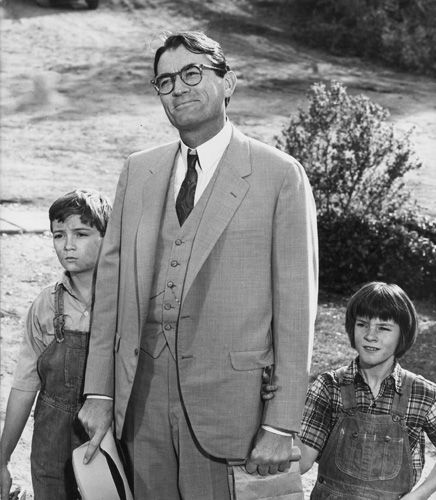 consideration of the troubled history of the American South leaves the reader with a sense that there is hope that injustices of this society can be overcome through the goodness and the moral strength of brave individuals: As Atticus Finch says, “You never understand a person until you consider things from his point of view . . . until you climb into his skin and walk around in it.” It is, in the end, an affirming and redemptive novel, a gem of the American canon, but it should be assigned to younger students with a judicious eye.
consideration of the troubled history of the American South leaves the reader with a sense that there is hope that injustices of this society can be overcome through the goodness and the moral strength of brave individuals: As Atticus Finch says, “You never understand a person until you consider things from his point of view . . . until you climb into his skin and walk around in it.” It is, in the end, an affirming and redemptive novel, a gem of the American canon, but it should be assigned to younger students with a judicious eye.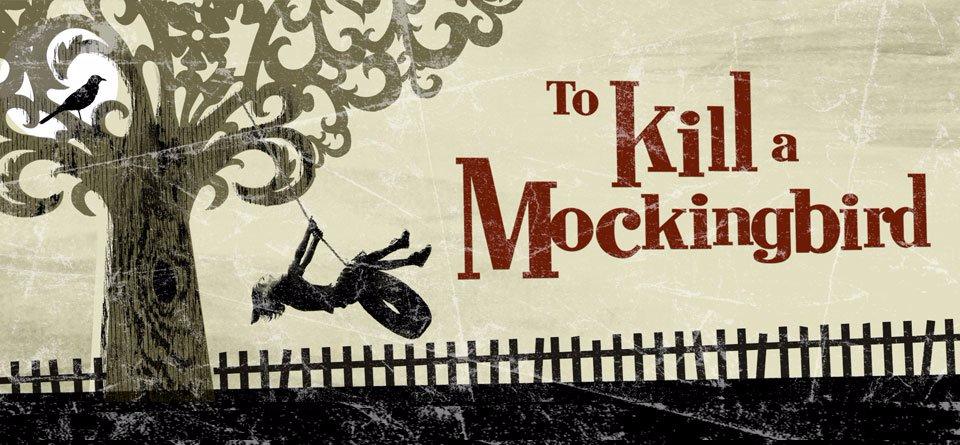
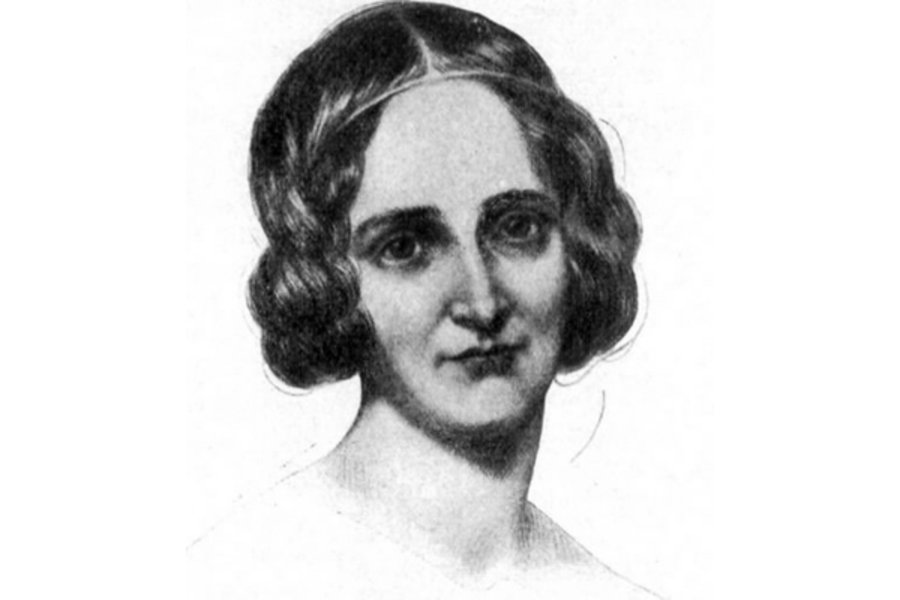
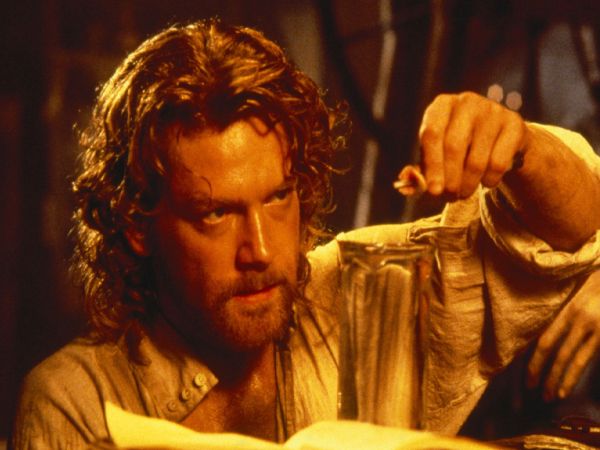 both fear and disgust before he can reveal his compassionate, loving spirit to them.
both fear and disgust before he can reveal his compassionate, loving spirit to them.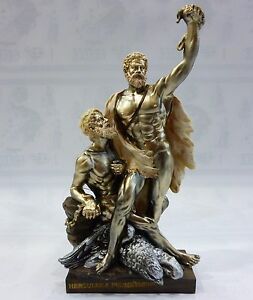
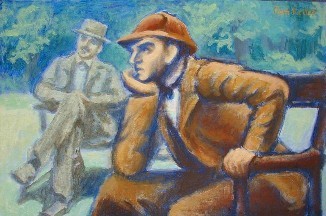 don’t mean strange, although he certainly is eccentric; I refer to his voracious appetite for understanding how humanity and the world interact with each other. He observes, induces, then deduces, putting all of the facts together in ways even today’s reader doesn’t “get” until he enlightens us. Like his biographer the dense Dr. Watson, we too wait to be enlightened by the Master about the enigmatic mysteries the great detective investigates.
don’t mean strange, although he certainly is eccentric; I refer to his voracious appetite for understanding how humanity and the world interact with each other. He observes, induces, then deduces, putting all of the facts together in ways even today’s reader doesn’t “get” until he enlightens us. Like his biographer the dense Dr. Watson, we too wait to be enlightened by the Master about the enigmatic mysteries the great detective investigates. been remade in story, tv, and movies.
been remade in story, tv, and movies.